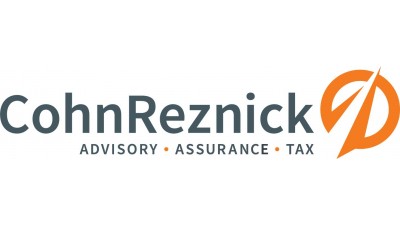3 Things To Know About Property Investment And Property Type Selection In 2017
Property-type selection is a strategy that multisector investors leverage to balance their portfolios and control downside risk. The strategy involves extensive studies in submarket patterns and cultural shifts to guard current and future investments. Although experts do not anticipate a near-term recession, many institutions appear to be preparing for an eventual cyclical weakness.
The following are three things to know about trends in property investment and property-type selection this year.

1. “Pokemon Trainers” vs. “Grave Diggers”: The Diverging Paths Of Retail Investors
Two principal types of investors exist in modern retail: those who tend to react to headlines, and those who do not. Investors with a “Pokemon” mindset, who view retail as an evolving creature to nurture and grow alongside, have found retail a promising sector for 2017, while investors who believe retail is digging its own grave tend to be net sellers, selling more properties than they buy.
Some of the panic is rooted in actual facts and figures — retailers today make less money per square foot than in the years before the 2008 financial meltdown. Research shows nonessential spending on live concerts and experience-oriented events has increased 70% in the last 30 years, helping cement both the brick-and-mortar decline and the gradual rise of experiential retail.

2. The Uncertainty Of Hospitality
Although private equity funds make up the largest percentage of hospitality investment thus far this year, public REITs have notably re-entered the first quarter in full force. One-fourth of all buyer transactions stemmed from public REITs — a rate that triples last year’s Q1 volume.
Hotels remain the most volatile properties throughout market cycles, and concern abounds that hospitality may have already hit its cyclical peak. Foreign investment made up 21% of Q1 volume, with Chinese investments in American hotels dropping off as a possible response to economic uncertainties tied to recent increases in populist sentiments and potential policy shifts under the Trump administration. (New York City tourism declined a few percentage points in 2016, with this as a likely reason.)
Similar concerns in Europe following Brexit and shifts toward populist leadership candidates have driven European investors toward American soil, with European purchases accounting for 20% of Q1 offshore capital (up from 10% last year).

3. Multifamily And Single-Family Remains Stable
Driven by the realities of consistent demographics, most investors continue to favor multifamily apartments as a relatively safe investment in an economic downturn. Single-family homes generally remain in favor, although investors view them less positively than they did last year. The U.S. multifamily market has grown slowly as more new projects near completion and absorption thins. Investment experts project this slowdown will continue through the end of 2017 and well into 2018, especially as more supply (363,000 total apartments in 2017 alone) comes online.
Millennial apartment demand remains solid, with 2 million millennials entering the prime renting years of ages 20 to 34. The multifamily sector should expect increasingly stronger demand until at least 2024, when a peak 70 million millennials will have reached that renting age sweet spot.
To learn more about this Bisnow content partner, click here.

